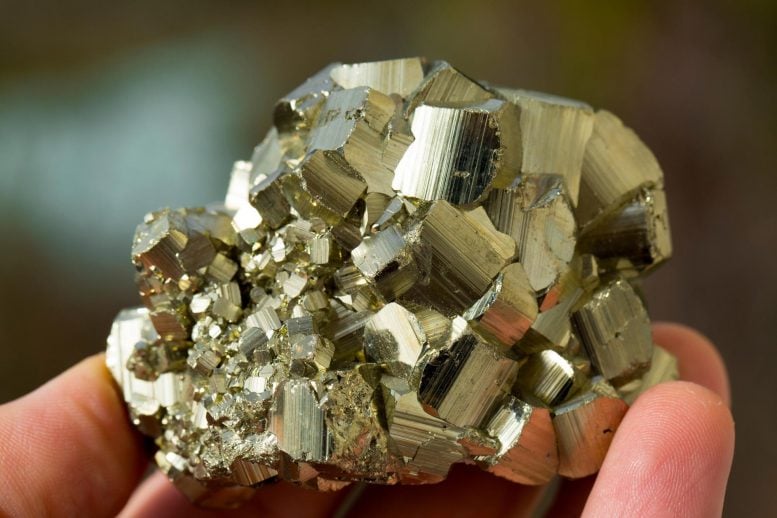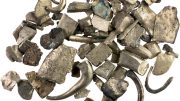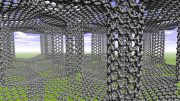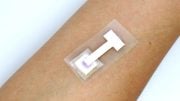Curtin University research has found tiny amounts of gold can be trapped inside pyrite, commonly known as ‘fool’s gold’, which would make it much more valuable than its name suggests.
This research provides an in-depth analysis to better understand the mineralogical location of the trapped gold in pyrite, which may lead to more environmentally friendly gold extraction methods. The study was published in the journal Geology in collaboration with the University of Western Australia and the China University of Geoscience.
Lead researcher Dr. Denis Fougerouse from Curtin’s School of Earth and Planetary Sciences said this new type of “invisible” gold has not previously been recognized and is only observable using a scientific instrument called an atom probe.
“The discovery rate of new gold deposits is in decline worldwide with the quality of ore degrading, parallel to the value of precious metal increasing,” Dr. Fougerouse said.
“Previously gold extractors have been able to find gold in pyrite either as nanoparticles or as a pyrite-gold alloy, but what we have discovered is that gold can also be hosted in nanoscale crystal defects, representing a new kind of “invisible” gold.
“The more deformed the crystal is, the more gold there is locked up in defects. The gold is hosted in nanoscale defects called dislocations – one hundred thousand times smaller than the width of a human hair – so a special technique called atom probe tomography is needed to observe it.”
Dr. Fougerouse said the team also explored gold extraction methods and possible ways to obtain the trapped gold with less adverse impacts on the environment.
“Generally, gold is extracted using pressure oxidizing techniques (similar to cooking), but this process is energy-hungry. We wanted to look into an eco-friendlier way of extraction,” Dr. Fougerouse said.
“We looked into an extraction process called selective leaching, using a fluid to selectively dissolve the gold from the pyrite. Not only do the dislocations trap the gold, but they also behave as fluid pathways that enable the gold to be “leached” without affecting the entire pyrite.”
Reference: “A new kind of invisible gold in pyrite hosted in deformation-related dislocations” by Denis Fougerouse; Steven M. Reddy; Mark Aylmore; Lin Yang; Paul Guagliardo; David W. Saxey; William D.A. Rickard and Nicholas Timms, 24 June 2021, Geology.
DOI: 10.1130/G49028.1
The study is supported by the Australian Research Council and the Science and Industry Endowment Fund. Dr. Fougerouse is affiliated with The Institute for Geoscience Research (TIGeR), Curtin’s flagship Earth Sciences research institute.










I’ve seen this article in several sites around the web. It’s interesting but like Iron Pyrite, fools the reader. I could pick up virtually anything around me and do this, will I find tiny Gold? Yes.
Imperfections in the crystal collect or decorate it with other contents inside the hydro-thermal fluids being brewed around the voids and cracks, they are right about that, but it’s collision born. not atomic lattice.
Look at the other elements in the assay minus the Si, O, FE, Su, (quartz and Iron pyrite) You have Bismuth, Nickle, Copper and Gold. Nickle is a transition metal and Bismuth is a post transition metal, and will hang around together in the thermals. Copper and Gold run together hand and hand all the time in the thermals. It’s easy to see the Iron with a higher melting point drop out of solution first as Pyrite and the Gold/Copper flowing by it getting snagged by spinning crystals in their imperfections while forming and catching it not forming with it as part of the crystallization process.
Gold runs with Iron, not as an Iron product.